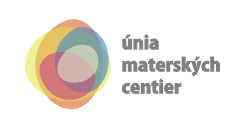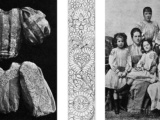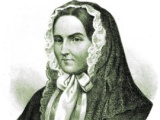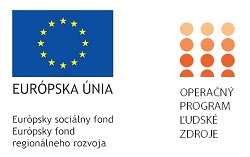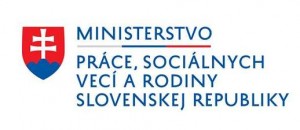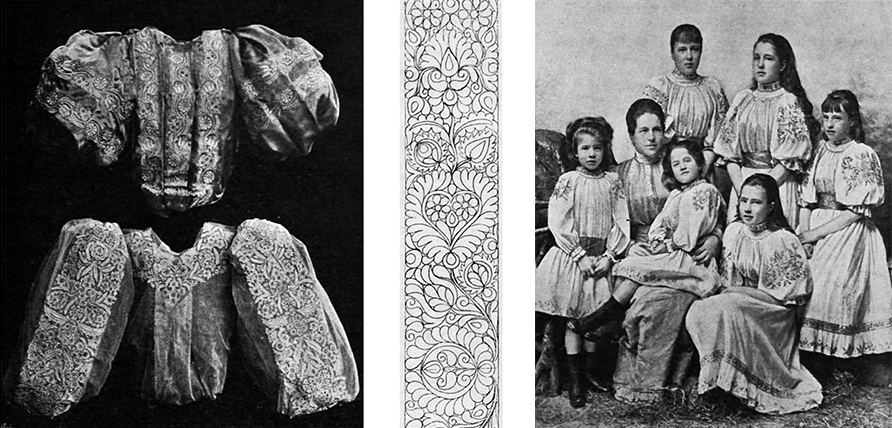
The women who changed their communities… long before us. Do you know Magdalena?
20. februára 2024We did not invent what we are doing in the mother centers – there were women before us, in every town, in every village, who changed them. They slowly and patiently broke down stereotypes. They taught children that you can live kindly, respectfully, create values not only for themselves and their families, but for others around you. They adorned public spaces. They created ways to take care of the weak, the disadvantaged, with dignity. They educated.
Those women often remain in the background, they are not in textbooks, they do not have commemorative plaques.
Just look up the words “notable people” in your town or village on google.com. You will see a long list of men – this one designed a bridge, this one was a significant school principal. This one pillaged here.
But what about women? Why aren’t they on those lists – in a 1:1 ratio or “fifty-fifty”, the way we are in real life?
Let’s look at that together.
In this series of blogs and statuses, we will bring you stories from the past.
And you might come up with more and more names.
Let’s not forget.
Do you know who Mária Hollósy was?
An embroideress. Psh! There are many who can create beautiful tablecloths or costumes! Why should we remember her?
It’s very simple.
She founded a school and gave jobs to women and girls from the Cífer area. And an education. It allowed them to meet people and to believe that their skill…
Let’s take a closer look at her story.
She was born in Opoj in 1858.
She designed and embroidered the coronation gown for the Hungarian Empress Zita, for Empress Elisabeth Sisi, for Queen Maria of Spain… but also for the Countess Zichi, who changed her life.
Mária worked at a post office in Kerestúr at a time when it wasn’t quite the norm for women to work – well, they actually did work, but they didn’t get paid for their work. Maria’s father disowned her because she wanted to live in her own way and refused an arranged marriage.
The meeting of two women became fateful.
Dolls in embroidered costumes that adorned the common area of the post office intrigued Šarlota Zichy so much that she took them to Vienna and Pest, where they aroused great interest.
The countess and the postmistress agreed to try to sell the skills of the local women and girls. They saw the way they lived: how their talents dissolved in the hard work in the fields and at home, how they were completely dependent on their husbands, fathers or brothers. How they cannot study. Šarlota Zichy quickly found another ally: Isabella of Austria. She was fascinated by the embroidery. She started wearing embroidered dresses and inspired other noble families – to support the folk creation of women. And not just that. She helped found the Women’s association for the support of the domestic embroidery industry in and around Pressburg and also lent part of her mansion in Cífer for its activities. That’s where young women learned to embroider, design ornaments, sketch patterns and to carve patterns on hard paper. Mária was the main designer and teacher. She was exceptional, had an eye for colors, for composing them into patterns.
In 1900 at The Exposition Universelle in Paris, the embroidery from the association’s workshop won the golden Grand Prix prize.
This helped the embroidery from Cífer get into fashion magazines, suddenly everyone wanted it and the girls could work. Two-piece dresses inspired by a folk shirt from 1894, later known as Izabella, became a complete hit. Incredible. At its peak, the association employed up to 1,500 women.
Mária Hollósy inspired many women: when they saw her not giving up, how she searched for inspiration in old patterns, but also in nature and in dreams. She did not remain only in the region near Bratislava. She studied what other women created before her in Spain, France, the Netherlands, Belgium and Austria-Hungary, she was inspired. In her cardboard designs for sacral robes (chasubles, copes, dalmatics) she was inspired by nature and dreams.
After the dissolution of Austria – Hungary, the association also ceased to exist and the workshops were transferred to the Detva production cooperative. The commissions also changed, those for the noble families disappeared and Mária Hollósy worked alone for a few more years.

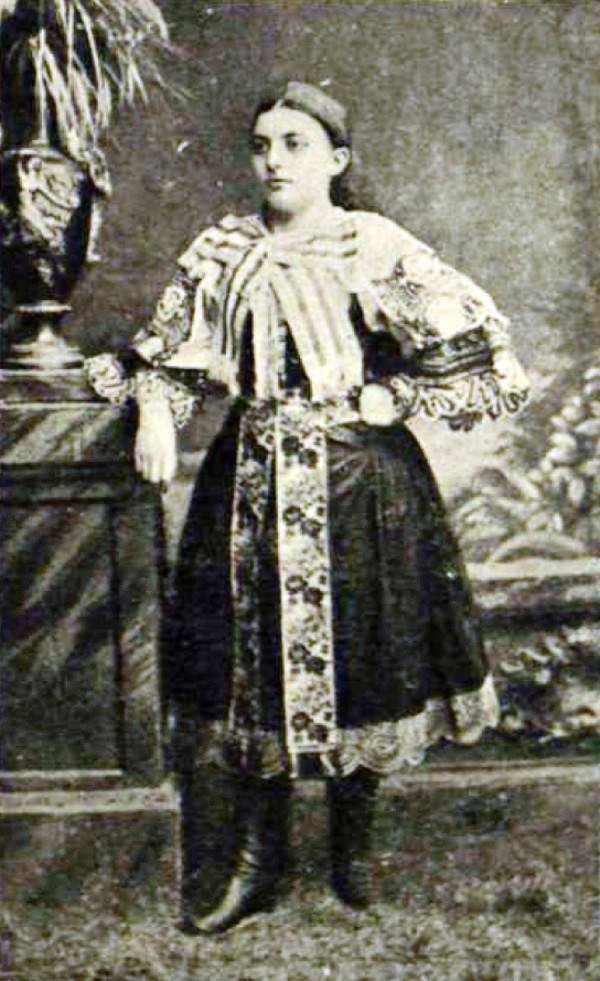
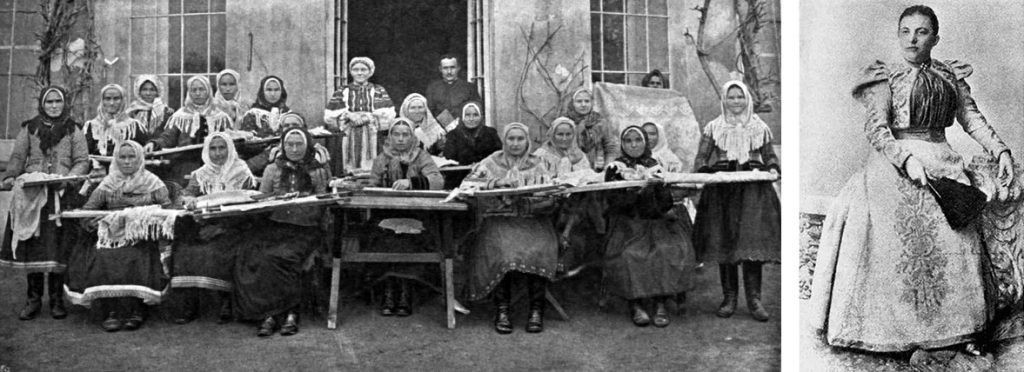
These articles are being implemented as part of the “Women in The Community – from charity to equal work in communities” project, which is supported by the Domestic and Gender-Based Violence Programme financed by the Norwegian Financial Mechanism 2014 – 2021 and the state budget of the Slovak Republic.
“Working together for a green, competitive and inclusive Europe”

Read more:
